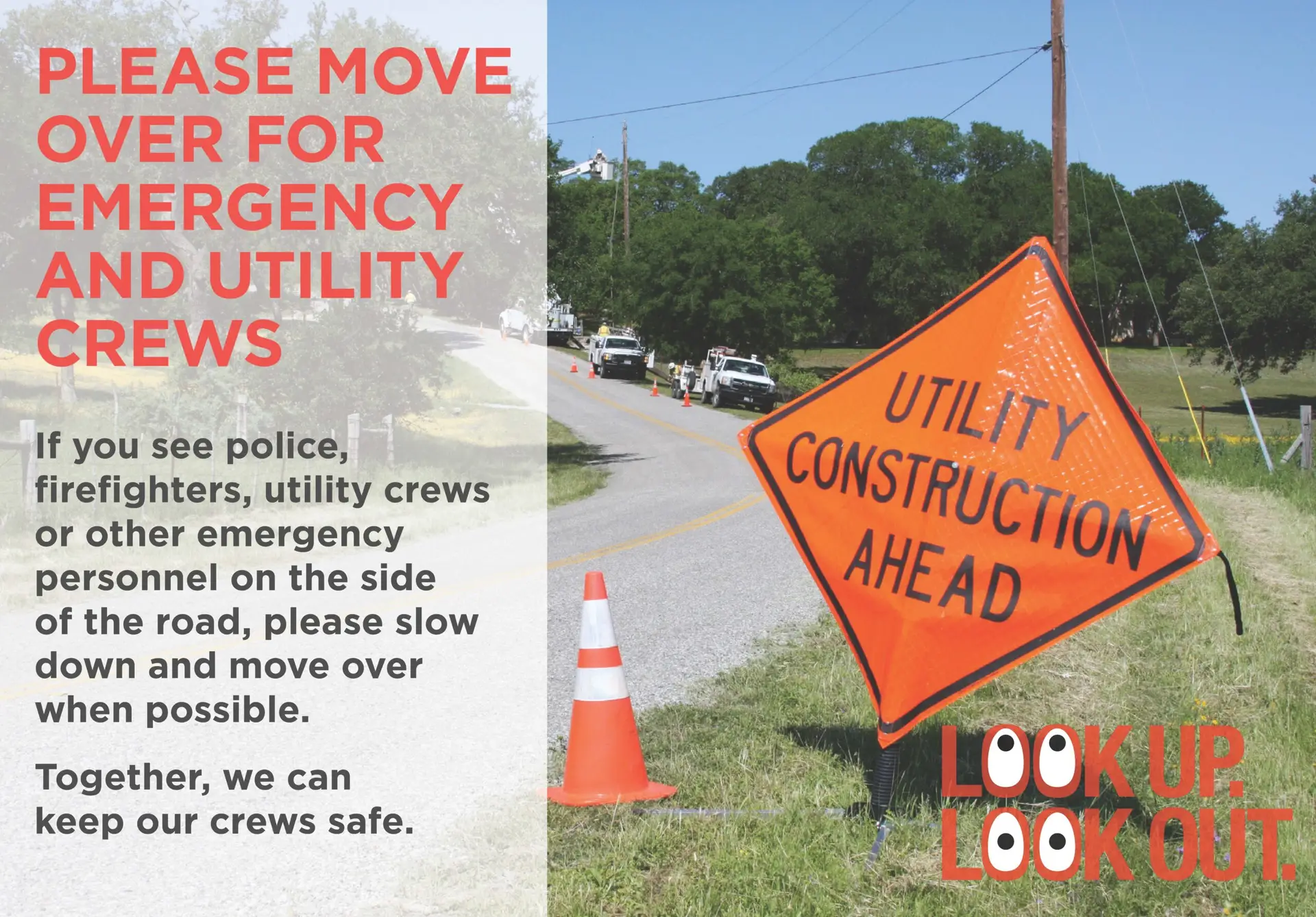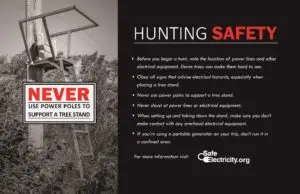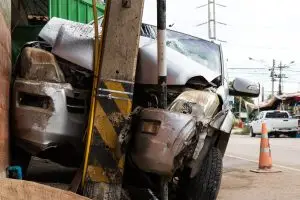Every year, workers along the sides of roads are injured or killed when cars crash into crews’ sites, even though sites are marked with bright cones and warning signs.
There’s an easy way to reduce those incidents that harm police officers and other first responders, road construction workers and utility crews. There’s a slogan to help remind drivers. There’s even a law.
The slogan is: “Slow down or move over.” It’s good advice and a decent thing to do to keep people safe. It’s also a requirement in all 50 states.
Legislatures first started passing Move Over laws about 25 years ago to reduce the statistics of harm to roadside emergency workers. In the past five years, states have started to specifically add electric and other utility projects to their Move Over or Slow Down laws.
It’s an addition that’s welcomed by your local electric cooperative because we were part of the effort to expand the law to help protect line crews.
Protecting line crews is a top priority for us. Move Over is not only a good law, it’s also the courteous thing to do. Our crews already perform dangerous work to keep the lights on every day. They deserve a work environment that’s as safe as possible.
There are slight differences in each state’s Move Over laws, but not so much that you can’t figure out the right thing to do, even if you’re traveling from state to state. Here are the basic requirements:
Within 200 feet before and after a work zone, which will be marked with bright signs and marker cones and often flashing lights, change lanes if there’s more than one lane on your side of road so that there is an empty lane between your vehicle and the roadside crew.
If it’s not possible or safe to change lanes, slow down. Many states specify slowing down to 20 mph below the posted speed limit if it’s 25 mph or more. Yes, that means if the posted speed limit is 25 mph, slow down to 5 mph. Drivers must obey all traffic directions posted as part of the worksites.
Keep control of your car — yes, that’s a requirement in many Move Over laws. And yes, it is more of a general guidance than a rule for a specific speed. It means you need to pay attention and respond to weather conditions — heavy rain or a slick road might mean you’re required to slow down even more than 20 mph. And no texting, fiddling with the radio or other distractions.
Penalties for violating those requirements range from $100 to $2,000 or loss of your driver’s license. A list summarizing each state’s law can be found on the AAA web site at Slow Down/Move Over – AAA Exchange.




